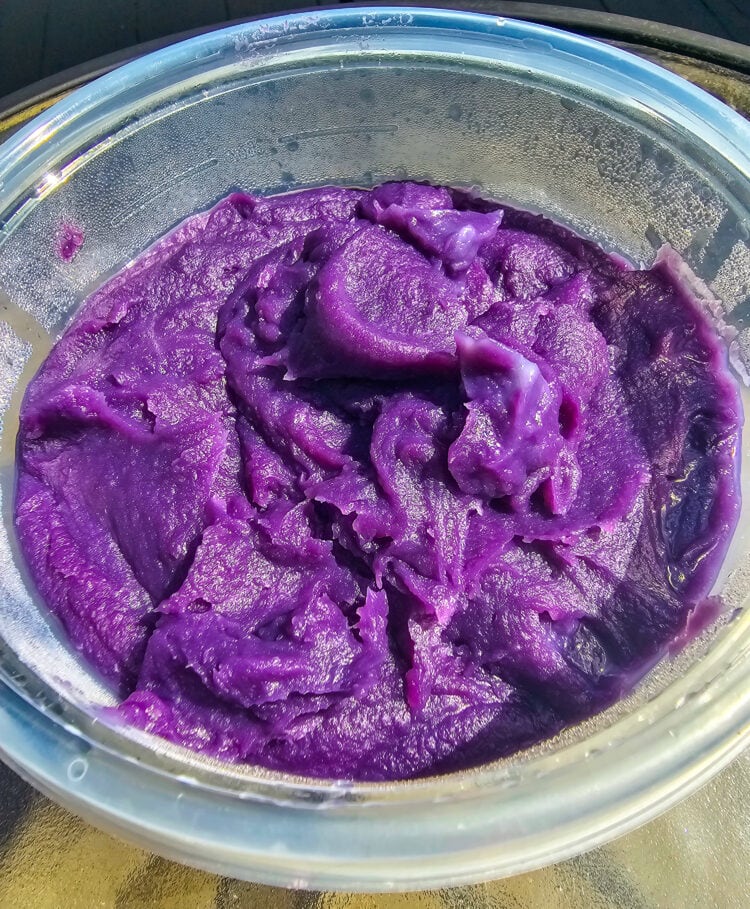Ube Halaya, also known as purple yam jam, is an essential element of Philippine cuisine. Originating from the Philippines, this delicious ube paste is traditionally called “nilupak na ube”.
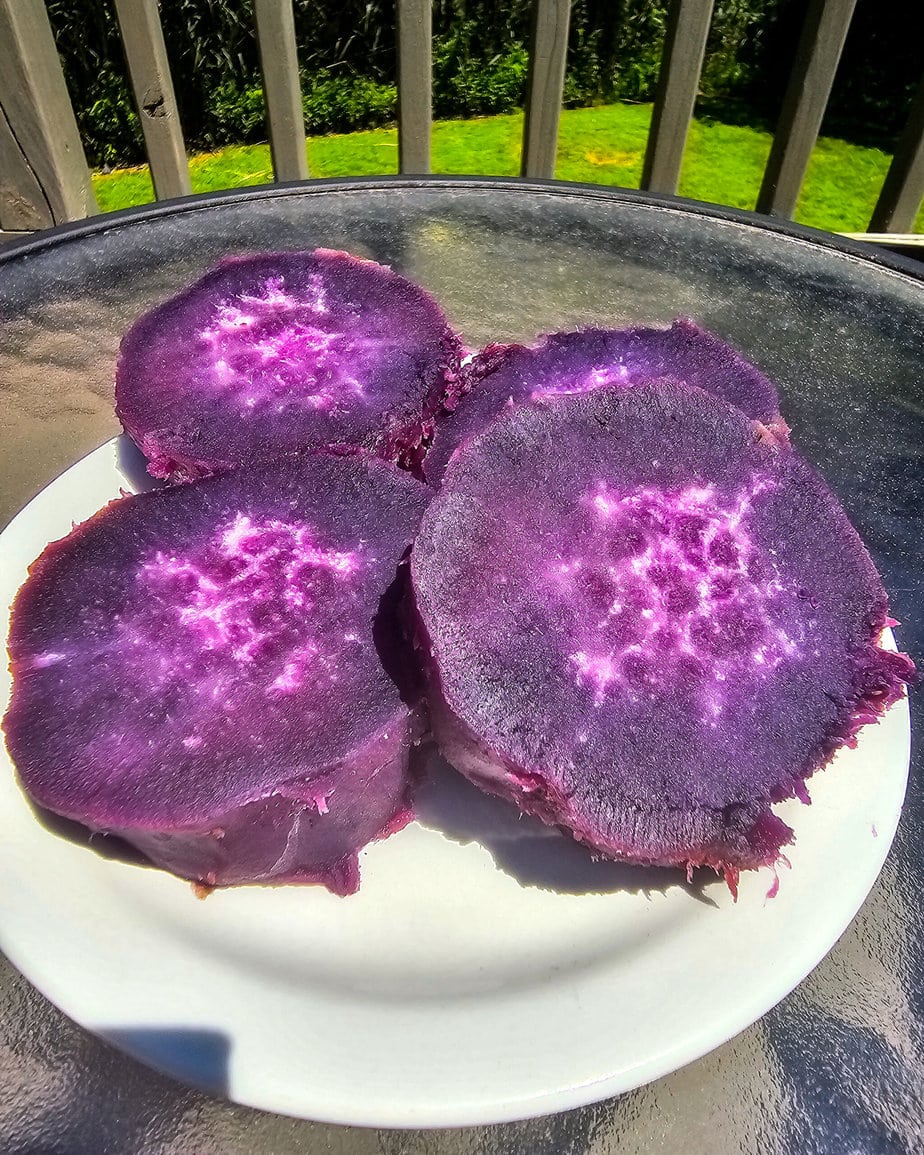
It is prepared from boiled and mashed purple yam, and its name “halaya” is derived from the Spanish word “jalea”, meaning “jelly”. This versatile jam is the base for many treats, ranging from bubble tea to cakes, ice creams, and mochi, making it a staple in Philippine cuisine.
Origins of Ube Halaya
Ube Halaya has a rich history that dates back thousands of years in the Philippines. The wide variety of ube found in the country suggests it could be the birthplace of this yam. Traces of ube have even been discovered in the Ille Cave in Palawan, dating back 11,000 years.

These discoveries show how valuable ube has always been to the people of the Philippines. Over time, this ancestral yam has become the star ingredient of the Ube Halaya we love today.
Variations of Ube Halaya
Ube Halaya, while delicious on its own, has inspired a multitude of variations that showcase the culinary richness of the Philippines. Among these variations is “camote halaya”, a sweet potato-based version that can vary in color from light yellow to bright orange, or even purple.
There’s also “halayang kalabasa”, prepared from squash, offering a hue ranging from orange to light brown.
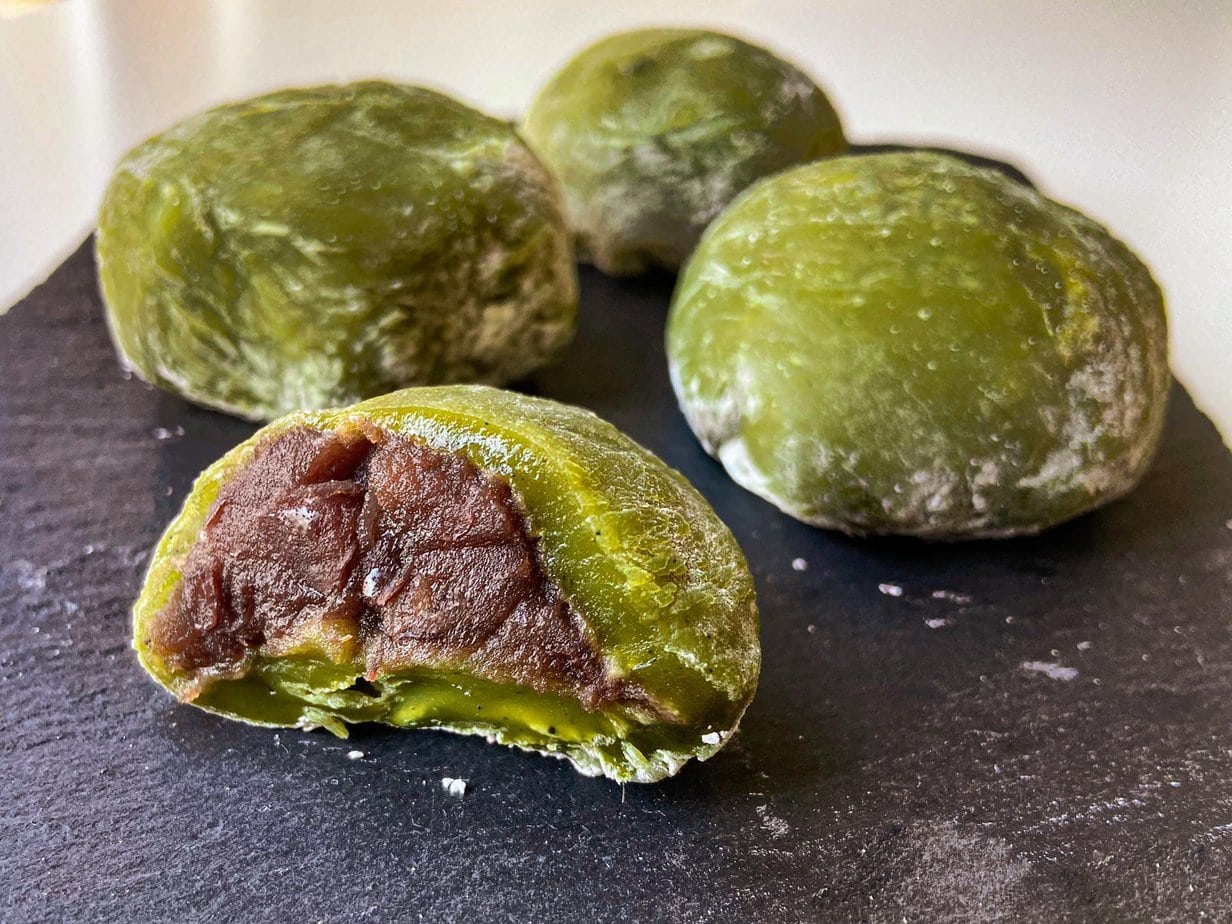
Another popular combination is ube macapuno, where ube halaya is mixed with macapuno, a special variety of coconut.
Ube Halaya in Cooking
Ube Halaya is much more than just a jam; it’s a versatile ingredient that has made its way into a multitude of Philippine desserts and dishes. It’s the star of Ube ice cream, offering a vibrant color and rich flavor that has become iconic.
In pastries, ube halaya is often incorporated into cakes, pies, and cookies, giving a sweet touch and purple tint to these delights.
Ube milk tea, with its tapioca pearls, is a popular refreshing drink. Or the now-famous ube latte has conquered cafes worldwide
Ube Halaya is also a key ingredient in “halo-halo”, a Filipino mixed ice dessert topped with various sweet ingredients. Its versatility doesn’t stop there: it’s found in pancakes, donuts, and even breads.
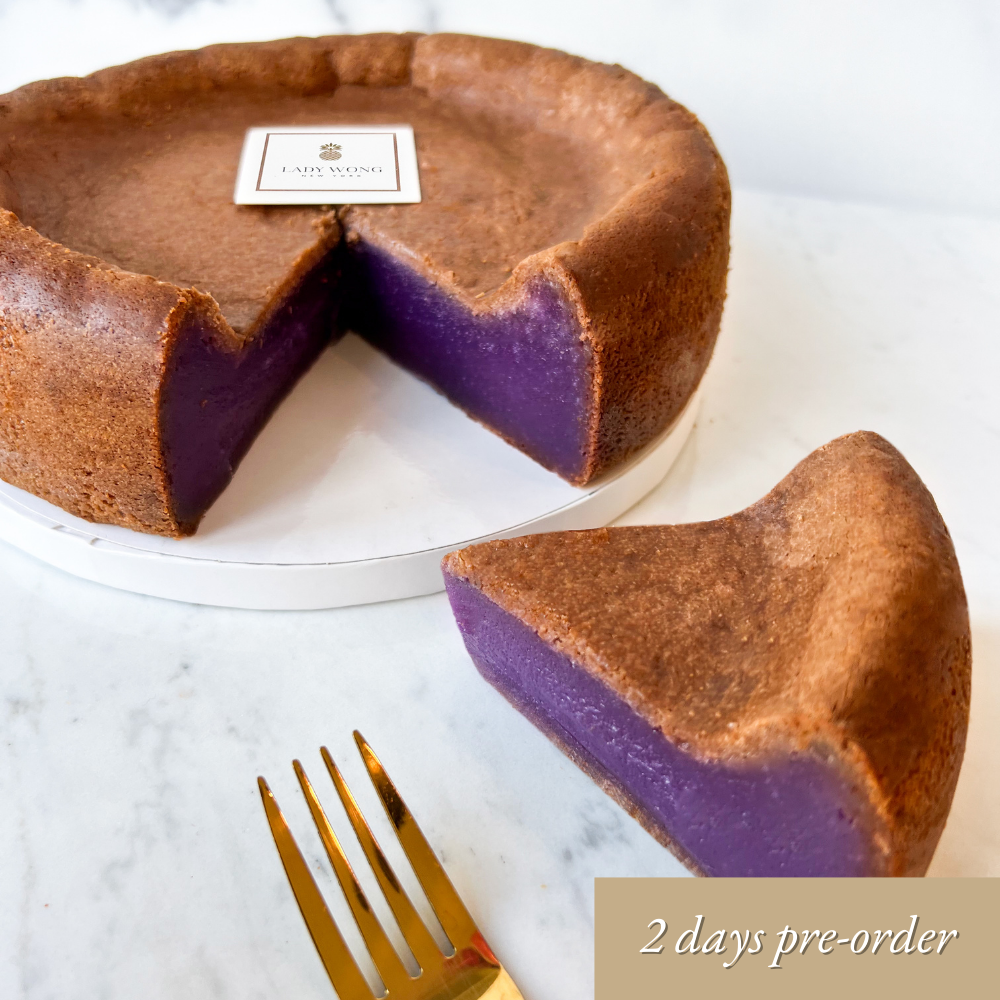
Can I Use other Yams or Sweet Potatoes?
Yes. Results may vary, but with Japanese sweet potato it’s delicious; with the classic orange one it will be good, but you’ll need to cook for a very long time and have a good blender to ensure the fibers are well cut
Tips for Successful Ube Paste
Use a blender: If you like having “lumps”, then ignore this text, but personally, I find that an ultra-smooth paste really gives a superior mouthfeel and a food processor will ensure a creamy ube jam
Be careful not to burn: This goes without saying, but it’s important to watch carefully during the “dry” wok step.
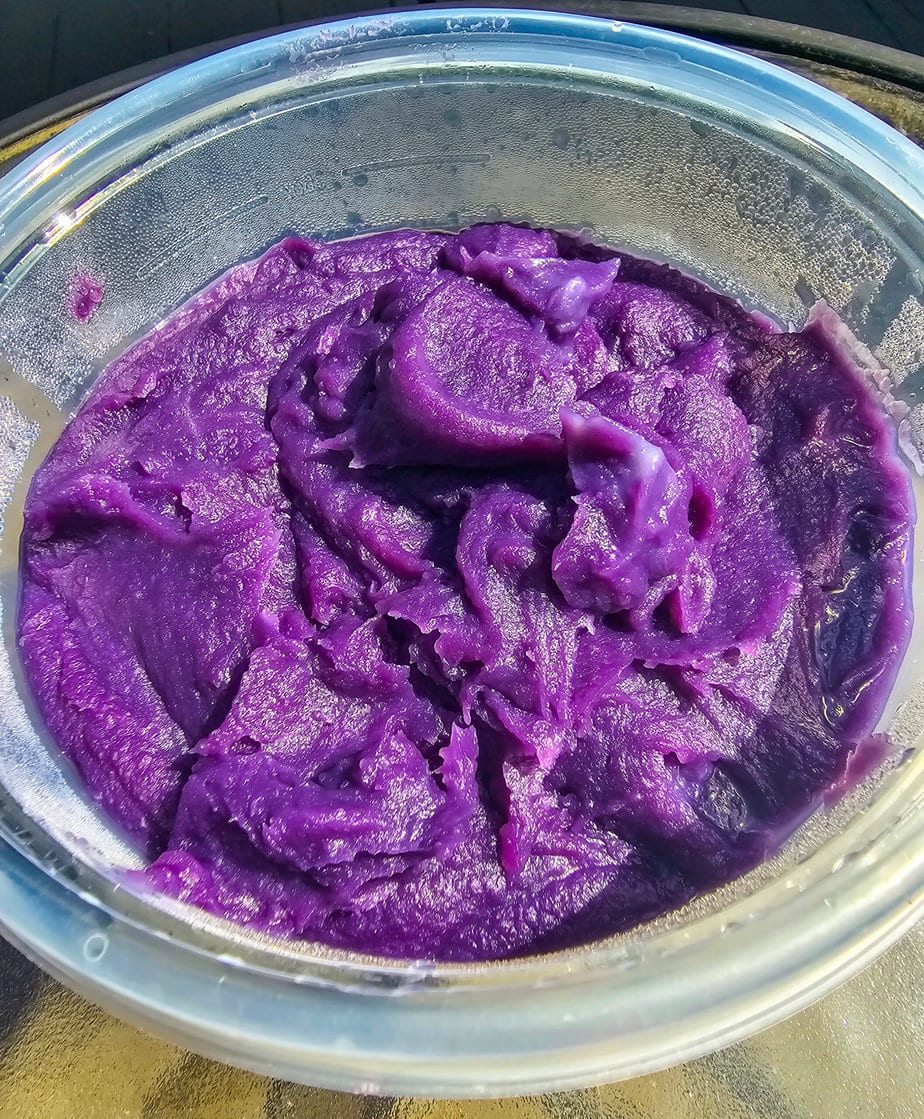
Ube Paste – Homemade Ube Halaya
Equipment
- 1 Wok
Ingredients
- 100 g of sugar white or palm
- 1 kg fresh ube or purple yam
- 300 ml sweetened coconut cream
- 0.5 teaspoon salt
Instructions
- Cut the fresh ube or yams into pieces to fit your pot. Fill your pot with water to completely cover all the pieces, then bring to a boil. Cook until a fork passes through the ube with little resistance. (about 1-2 hours)

- Remove the yams and let them cool. While they are still warm, peel them and then mash them with a fork or potato masher. Personally, I use a blender
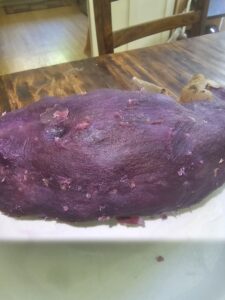
- Add the sugar and condensed coconut milk and continue to blend
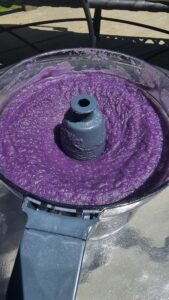
- In a large non-stick pan or wok over medium heat, mix and stir until the halaya thickens considerably. Stir constantly or your halaya will burn. Don’t be tempted to turn up the heat.

- You’ll know your ube is ready when your jam stays almost in place when you run your spoon through the middle of your pan.
- Transfer to a heat-resistant container, let cool, then enjoy!
Notes
The halaya will continue to set and thicken as it cools and when refrigerated.
